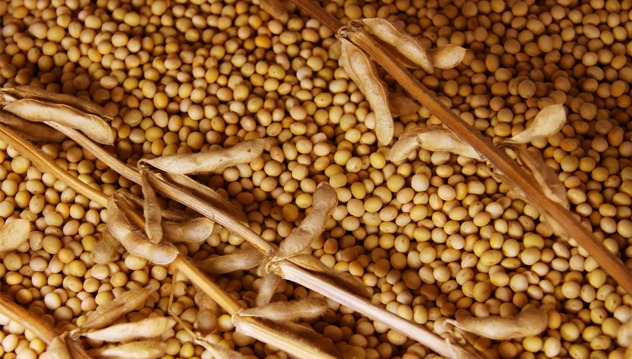The USDA releases its planted acreage estimates on Tuesday, June 30th. This report typically sets the tone for the coming marketing year. David Hightower's analysis has been posted to our site and we defer to him in terms of the fundamental supply and demand numbers. We'll pick the individual markets apart through the actions of the commercial traders, the actual producers or end line users of these grain markets. Given the depressed levels many of the grain markets have been experiencing can this report actually do further damage?
First, we'll examine the corn market and then, move on to soybean and bean byproducts. Briefly, the fundamentals justify current price levels. However, the fundamentals don't justify prices much lower than here. In fact, the odds may favor a short covering rebound over additional selling adding to the decline.

Commercial end users of corn like feedlots, hog and chicken farmers and ethanol plants have been eager to lock in forward production inputs at bargain prices. Furthermore, when these buyers are acting in concert, it can lead to significant bottoming action. We feel the odds at these prices favor the long side of the corn market and will side with the commercial traders who've vehemently defended the $3.50 per bushel lows.
Moving to the soybean market, we'll look at the big picture first. The fundamentals suggest that there are plenty of beans in the bins and the traders think the late beans in the ground due to the wettest May in more than 100 years will still be fine, finishing along trend line yields and acreage.

The more interesting piece of the soybean trade lies in the bean products, oil and meal. Looking at the soybean oil futures chart and the annotated trades shows that the derivatives of the bean market are much more sensitive to commercial trading pressure. We use this to our advantage by using COTSignals to piggy back their calls to the tune of 6/7 winning trades over the last year. Looking at their projection going forward, we're going to call it light short commercial short covering ahead of the report and a neutral to negative bias. Most importantly, notice that commercial traders turned negative on bean oil way back in April. This is the probably the weakest of the grain and grain product markets.

Soybean meal futures provide a similar setup although the current sell signal hasn't triggered, yet. There have been six discretionary commitment of traders signals issued in the soybean meal futures over the last year as posted above. More importantly, they've exceptionally timely.

Our methodology using the commercial traders as a preliminary screen has served us well in the grain markets. It's been our experience through COT Signals' recent trades that they tend lead the market. Perhaps because they have access to better information. Perhaps, they're simply better traders. The results speak for themselves.







